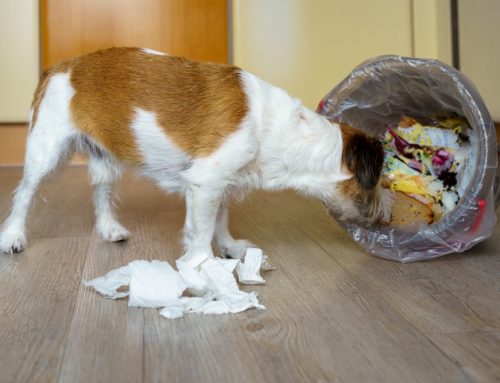When it comes to natural disasters, we immediately think about our family’s safety, but what about our four-legged friends? Stanton Pet Hospital understands that pets are family, too, and knowing how to prepare for a natural disaster with your pet is just as important.
Question: What should I include in my pet’s emergency kit?
Answer: Think of your pet’s emergency kit as their own survival backpack. Here’s what you should pack:
- Food and water — Pack a three-day supply of food and water. Don’t forget a can opener if your pet eats canned food. And a few of their favorite treats won’t hurt if there’s space!
- Medications — Include any medications your pet needs, along with a copy of their medical records.
- First aid kit — Basic supplies like bandages, antiseptic wipes, and tweezers can be lifesaving.
- Comfort items — Familiar items like a favorite toy or blanket can help keep your pet calm.
- Identification — Keep a recent photo of your pet and their microchip information handy.
Q: What should I do if I need to evacuate with my pet?
A: Evacuating with pets can be a challenge, but with a little planning, it can go smoothly. Ensure you consider the following:
- Plan ahead — Know which evacuation shelters or hotels are pet-friendly. Include a list of nearby veterinary clinics.
- Transport — Keep a sturdy carrier or leash handy to transport your pet safely.
- Buddy system — If possible, team up with a neighbor or friend to help each other with pets during an evacuation.
Don’t forget to grab your pet’s emergency kit and any comfort items on your way out.
Q: What are some signs that my pet is feeling stressed during a disaster?
A: Pets may exhibit various signs of stress and anxiety during a natural disaster. Here are a few behaviors to watch for:
- Excessive vocalization — Barking, meowing, or whining more than usual.
- Hiding — Retreating to unusual places or staying out of sight.
- Physical symptoms — Shaking, panting, drooling excessively, or having accidents indoors.
- Changes in appetite — Refusing to eat or drink.
- Aggression — Becoming more aggressive or irritable.
Recognizing these signs early can help you provide comfort. Offer familiar items like a favorite toy or blanket, speak in a soothing voice, and stay close to them to alleviate their anxiety.
Q: How can I keep my pet calm during a disaster?
A: Pets can sense our stress and might become anxious themselves. Here are a few tips to help ease their fears:
- Stay calm — Your pet looks to you for cues. Try to remain as calm as possible to help them feel secure.
- Safe space — Create a safe, cozy spot for your pet, whether it’s a crate, a specific room, or even under the bed.
- Distraction — Use treats, toys, or calming music to distract your pet from the chaos outside.
If you have a dog who loves car rides, taking them for a quick drive (if safe) can sometimes help ease their anxiety.
Q: How can I help my pet recover after a disaster?

A: The aftermath of a disaster can be as stressful for pets as it is for people. Here’s how to help them adjust:
- Routine — Try to return to your normal routine as quickly as possible. Pets thrive on routine and predictability.
- Checkup — Schedule a visit to Stanton Pet Hospital for a wellness checkup to address any health concerns.
- Love and attention — Give your pet plenty of love and attention to reassure them everything is OK.
Remember, pets might exhibit unusual behaviors after a disaster. Be patient and give them time to adjust.
Preparing your pet for a natural disaster might seem daunting, but a little planning can make a big difference. The supportive team at Stanton Pet Hospital is here to help you and your furry family members through any emergency.
If you have questions or need assistance, call us today or schedule your pet’s checkup online.






Leave A Comment